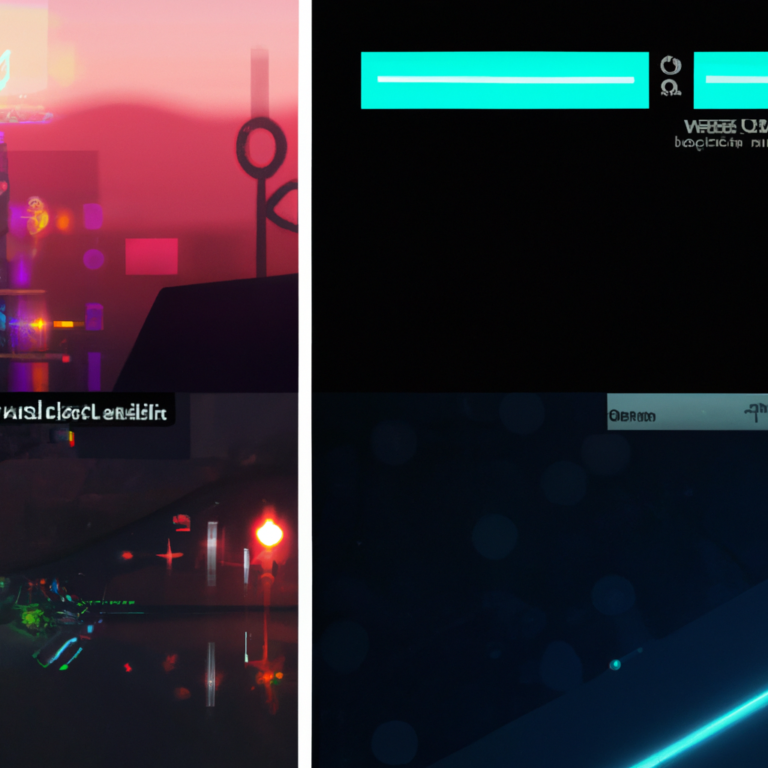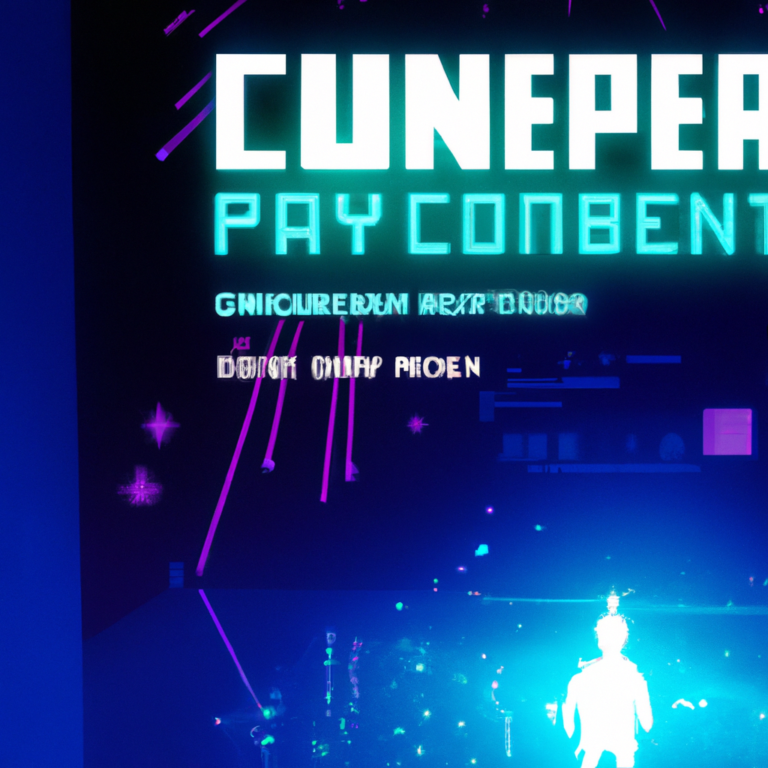“Shedding Light on Game Design: Exploring the Impact of Lighting and Color”
In the world of game design, the visual elements play a crucial role in creating an immersive and engaging experience for players. Among these elements, lighting and color are often overlooked, but they wield substantial power in shaping the overall aesthetics and atmosphere of a game. This blog post will delve into the importance of lighting and color in game design and explore ways developers can use these tools to enhance gameplay and evoke emotions.
Lighting plays a vital role in setting the mood and the overall atmosphere of a game. It can be used to guide players, emphasize certain aspects of the environment, or create a sense of realism. Good lighting design can make a game feel more dynamic and vibrant, while poor lighting can lead to confusion and misinterpretation of the environment.
Here are some ways lighting can be used to enhance a game:
1. Directional cues: Lighting can be used to guide players through a level or towards objectives. Brightly lit areas can attract the player’s attention, while darker areas can indicate danger or uncertainty.
2. Mood setting: The choice of lighting can create a particular environment or atmosphere in a game. For example, warm lighting can evoke a feeling of comfort and safety, while cold lighting can create a sense of tension and unease.
3. Realism: In games with realistic graphics, accurate lighting is critical to capturing the essence of a scene. Shadows, reflections, and ambient occlusion can all contribute to an environment that feels more believable and immersive.
Just as lighting plays a critical role in game design, so too does color. Color can be used to convey emotions, group objects, and create visual interest. When used effectively, color can have a significant impact on a player’s experience.
Here are some ways color can be used in game design:
1. Emotion: Different colors evoke different emotions in players. Warm colors like red, orange, and yellow can evoke feelings of excitement, while cooler colors like blue and green can create a sense of calm and relaxation. Using color to convey emotion is a powerful tool in game design, creating a more engaging experience for players.
2. Accessibility: Considering colorblind players while designing your game ensures that your game is accessible to a wider audience. Developers should include alternative cues for players with colorblindness, such as using patterns or symbols in addition to color.
3. Visual interest: Using a variety of colors in a game can make it more visually engaging and interesting. However, it’s essential to maintain a balance and avoid over-saturation, which can lead to visual clutter and confusion.
4. Grouping objects: Color can be used to group or categorize objects within a game. For example, red objects might represent health items, while blue objects represent ammunition. This helps players easily identify essential items and can improve overall gameplay.
Achieving the perfect balance of lighting and color in game design requires a keen eye for detail and a deep understanding of the emotions and atmosphere you want to evoke. By considering these elements, developers can create a gaming experience that is not only visually pleasing but also effectively communicates the desired narrative and emotions to players.






